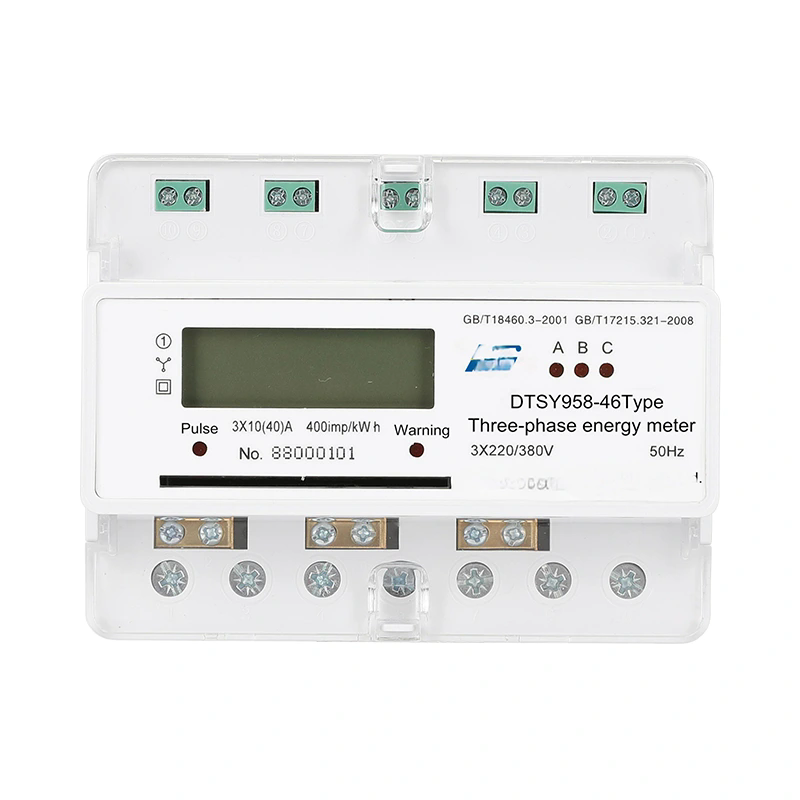Your Guide to Control Electrical Systems – Common Questions Answered
2024-11-04
Control electrical systems play a vital role in managing the operations of everything from industrial machinery to smart home devices. These systems help regulate electrical power, ensure safety, and automate processes for optimal performance. In this Q&A-style blog, we’ll dive into some frequently asked questions about control electrical systems to help you better understand their importance and applications.
What is a control electrical system?
A control electrical system is a system designed to regulate, manage, and control electrical equipment or devices. This system uses control panels, sensors, and other devices to monitor and adjust the operation of electrical components. It can be as simple as a thermostat controlling the temperature in a home or as complex as an industrial automation system managing production lines.
What are the main components of a control electrical system?
Control electrical systems consist of various components, including:
- Control Panels: The central interface for managing the system. Panels often house switches, indicators, and control devices.
- Relays and Contactors: These act as switches that open or close circuits, allowing or stopping the flow of electricity.
- Sensors: Devices that measure variables like temperature, pressure, or flow rate and send data to the control system.
- Actuators: Components that convert electrical signals into physical movement, like opening a valve or rotating a motor.
- Programmable Logic Controllers (PLCs): These microprocessors interpret inputs from sensors and send commands to control equipment.
What are some examples of control electrical systems in everyday life?
Control electrical systems are everywhere! Common examples include:
- Home Thermostats: Adjusting the HVAC system to maintain a set temperature.
- Elevator Control Systems: Managing the movement and stopping of elevators based on user input.
- Traffic Lights: Operating traffic signals on a timed or sensor-based schedule.
- Smart Home Devices: Automating lighting, security, and appliances.
- Manufacturing Automation: Controlling robotic arms, conveyors, and machinery in factories.
How do control electrical systems improve efficiency in industrial settings?
In industrial settings, control electrical systems enhance efficiency by automating processes and reducing the need for manual intervention. They provide accurate and consistent control over machinery, which minimizes errors and increases production speed. Additionally, real-time monitoring allows for quick adjustments to optimize power usage, reducing energy costs and prolonging equipment lifespan.
What role does a Programmable Logic Controller (PLC) play in control electrical systems?
A PLC is a critical component in control electrical systems, especially in industrial automation. It acts as the “brain” of the system, taking inputs from sensors and executing pre-programmed instructions to control actuators. PLCs are used to automate tasks such as starting and stopping motors, controlling conveyor belts, and monitoring temperature and pressure in machinery. They’re highly reliable and can be programmed to handle complex sequences.
What are the safety features in a control electrical system?
Safety is a key element in control electrical systems. Common safety features include:
- Circuit Breakers and Fuses: Protect against overloads and short circuits by cutting power if a fault occurs.
- Emergency Stop Buttons: Allow operators to quickly shut down equipment in case of emergency.
- Overload Relays: Protect motors and other equipment from overheating or damage due to excessive current.
- Safety Interlocks: Prevent equipment from starting if certain conditions aren’t met, ensuring safe operation.
- Fault Detection Systems: Alert operators to issues in real-time, enabling immediate corrective action.
How are control electrical systems used in renewable energy applications?
Control systems are essential for managing renewable energy sources like solar, wind, and hydropower. In solar power systems, for example, they control the orientation of solar panels for maximum exposure to sunlight. Wind turbines use control systems to adjust blade angles based on wind speed and direction. These systems also help balance power distribution in microgrids and manage battery storage, optimizing the use of renewable energy and enhancing stability in the grid.
Can control electrical systems be integrated with IoT (Internet of Things) technology?
Yes, control electrical systems are increasingly integrated with IoT technology, which allows for remote monitoring, data collection, and control through internet-connected devices. IoT-enabled control systems can be managed via smartphones or computers, providing real-time access to system performance and alerts. In industrial settings, IoT integration enables predictive maintenance, where sensors detect early signs of issues and alert technicians, helping to prevent downtime.
What are the benefits of using a control electrical system in smart homes?
In smart homes, control electrical systems enhance convenience, energy efficiency, and security. For example, lighting systems can be programmed to turn off when no one is in a room, reducing energy use. Security systems can be controlled remotely, allowing homeowners to monitor cameras, lock doors, and receive alerts. Temperature controls adjust heating and cooling based on occupancy or time of day, providing comfort while reducing utility costs.
What is the difference between open-loop and closed-loop control systems?
In an open-loop control system, the system operates based on a set input without feedback. An example would be a basic toaster, where the heating element turns off after a set time, regardless of the bread’s actual toast level.
A closed-loop control system, on the other hand, uses feedback to adjust its operation. For instance, a thermostat is a closed-loop system: it continuously monitors room temperature and adjusts the HVAC system to reach the desired temperature. Closed-loop systems are generally more accurate and adaptive than open-loop systems.
How can I get started with implementing a control electrical system for a small business?
Start by identifying the processes that could benefit from automation or improved control. You may need to consult with an electrical engineer or automation specialist to design a system that meets your specific needs. Consider the types of sensors, controllers, and actuators required, as well as whether you need a PLC for advanced control. Working with a professional will help you choose cost-effective solutions that improve efficiency and safety.
Control electrical systems are essential in today’s world, providing automation, safety, and energy efficiency across multiple applications. From industrial automation to smart homes, these systems are evolving rapidly, integrating IoT and renewable energy applications to meet modern demands. Whether you’re a business owner or a homeowner, understanding control electrical systems can help you make informed choices for managing your electrical needs.



